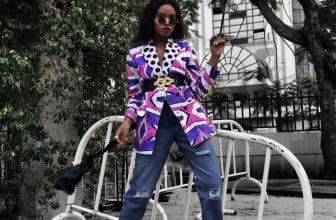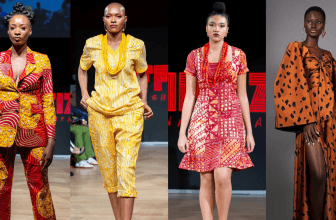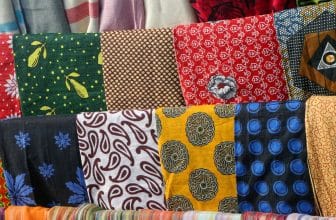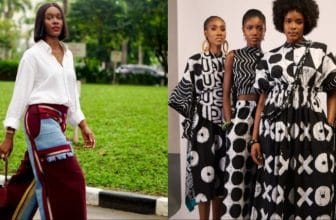The Art of Creating Mood Boards for Fabric Design
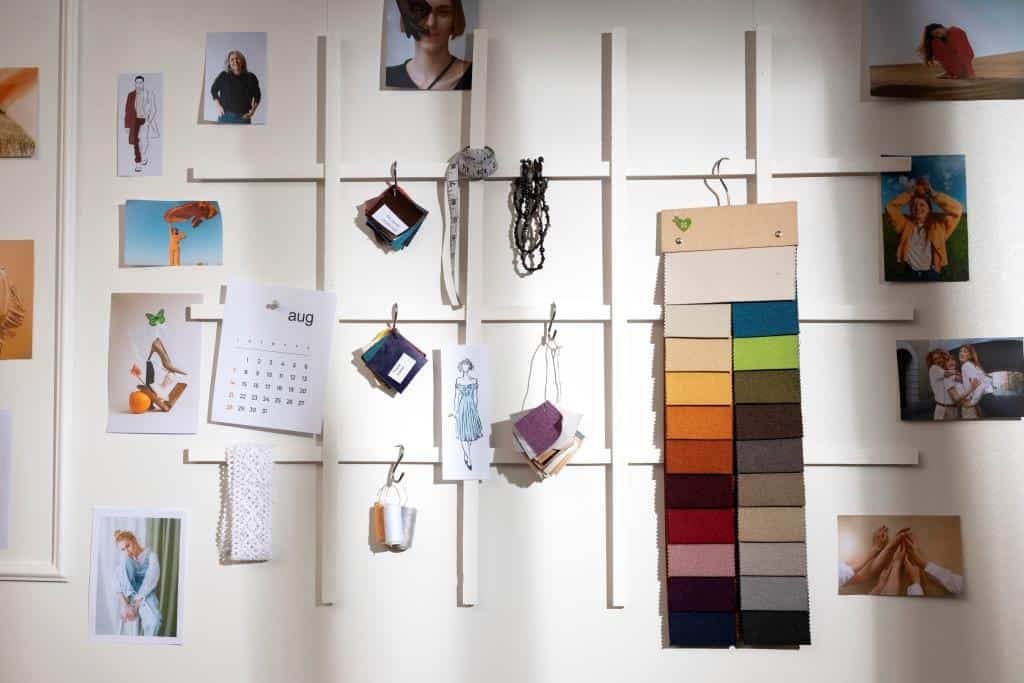
Introduction
Every great fabric design starts with a feeling.
That spark — the emotion you want your collection to express — is where mood boards come in. A fabric mood board helps you organize inspiration, color, and texture into a visual story. It’s the creative compass that guides your choices from first sketch to final fabric roll.
Whether you’re a student, designer, or creative director, mastering the art of the mood board can completely transform how you design and communicate your vision.
1. Start with a Clear Concept
Every strong mood board begins with intention.
Ask yourself: What do I want to feel when I see this fabric? Is your concept romantic and soft, bold and modern, or inspired by nature? Defining a theme gives your board direction.
![]() Tip: Write a one-line concept statement like,
Tip: Write a one-line concept statement like,
“A minimalist summer collection inspired by ocean textures and breeze-like fabrics.”
This simple sentence will anchor every choice you make.
2. Collect Visual Inspiration
Now comes the fun part — gathering ideas.
Pull visuals from anywhere: runway shows, Pinterest, architecture, vintage magazines, or even textures you find outdoors. The goal is to express a mood, not just show products.
Look for images that reflect:
• Color palette: Soft pastels? Deep earth tones? Metallics?
• Texture: Linen weaves, silk gloss, or matte cotton.
• Emotion: Calm, luxury, raw, playful, organic.
![]() Save all your finds in one folder first, then narrow down later.
Save all your finds in one folder first, then narrow down later.
3. Choose Your Fabric Swatches
A real mood board should always include touchable texture.
Add small fabric pieces that align with your visual story — the way they feel will often reveal new design directions.
For digital boards, photograph or scan your fabrics under good lighting. Tools like Milanote, Canva, or Pinterest are great for laying out virtual swatches side-by-side with your images.
4. Build Balance Between Color and Texture
When designing your board, think harmony.
Mix large color blocks with smaller fabric details to create rhythm. Don’t let any one color or pattern dominate the board. Instead, let the viewer’s eye move smoothly through it — just like a well-composed outfit or collection.
5. Add Descriptive Notes
Include small notes beside your images — like “soft drape cotton for eveningwear” or “matte finish inspired by desert sand.”
This adds clarity when you or your team review the board later. Mood boards are not just art — they’re communication tools.
6. Step Back and Feel It
After arranging everything, step away for a few minutes, then return and feel your board. Does it express your vision? Does it tell a story without words? If it evokes the right emotion, you’ve nailed it.
Closing Thoughts
Creating a fabric mood board isn’t just about pretty pictures — it’s about connection. It’s the bridge between imagination and material reality.
When you approach mood boards as storytelling tools, your fabrics start speaking a language of their own. They become not just textiles, but emotions woven into design.
So next time inspiration strikes, don’t rush to the fabric shop. Start with your board — and let it show you where your creativity wants to go.



